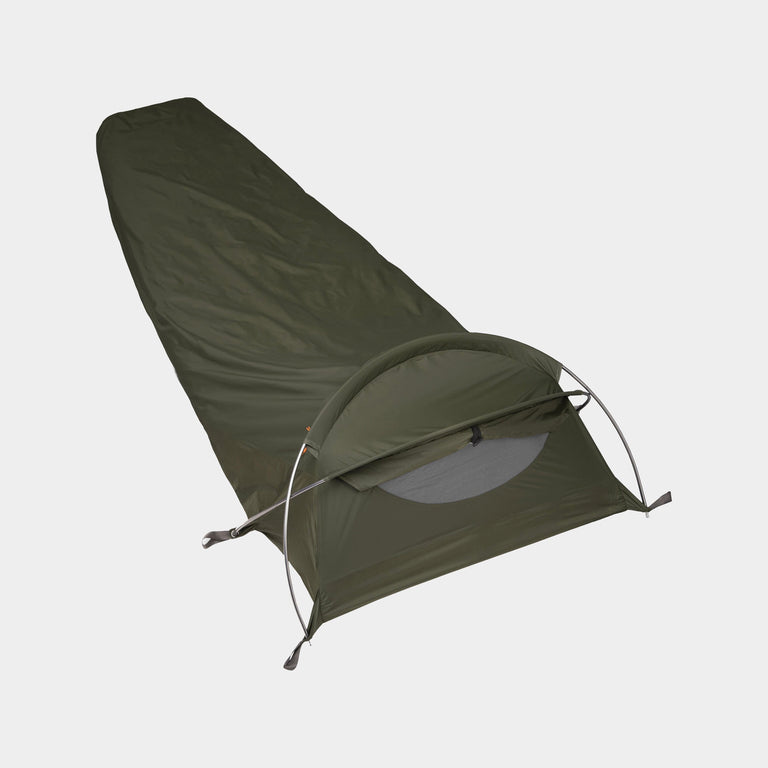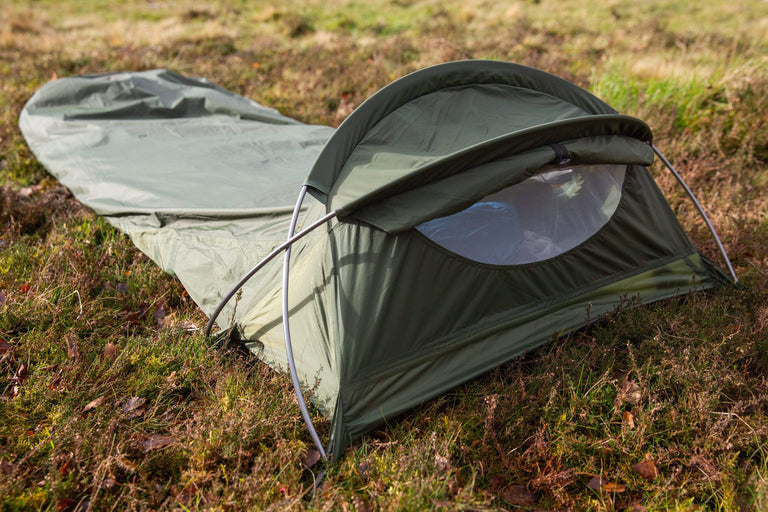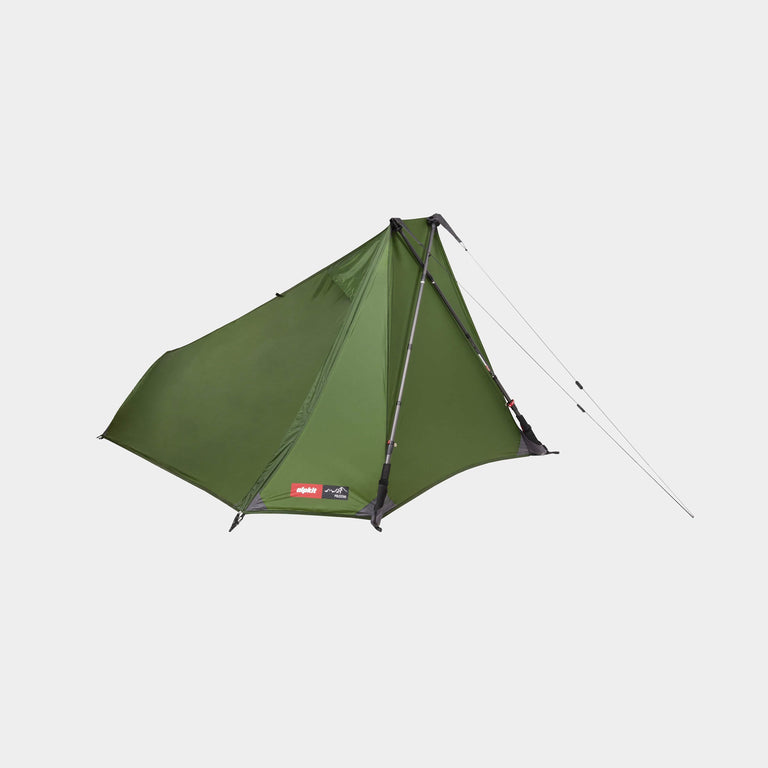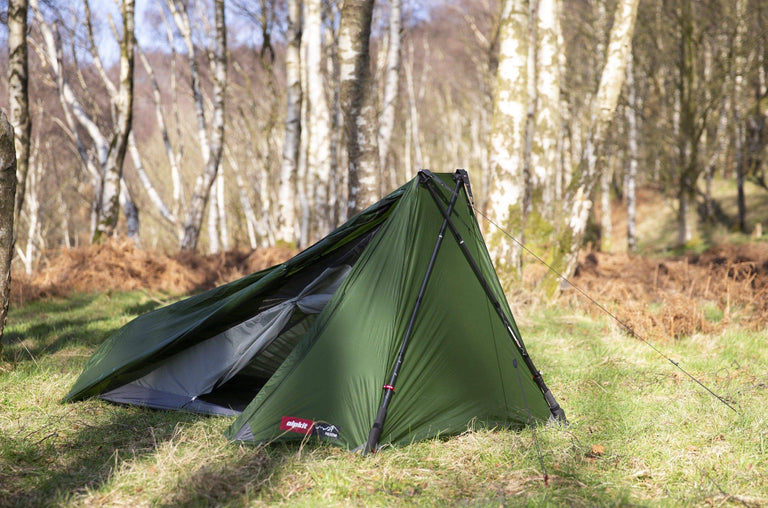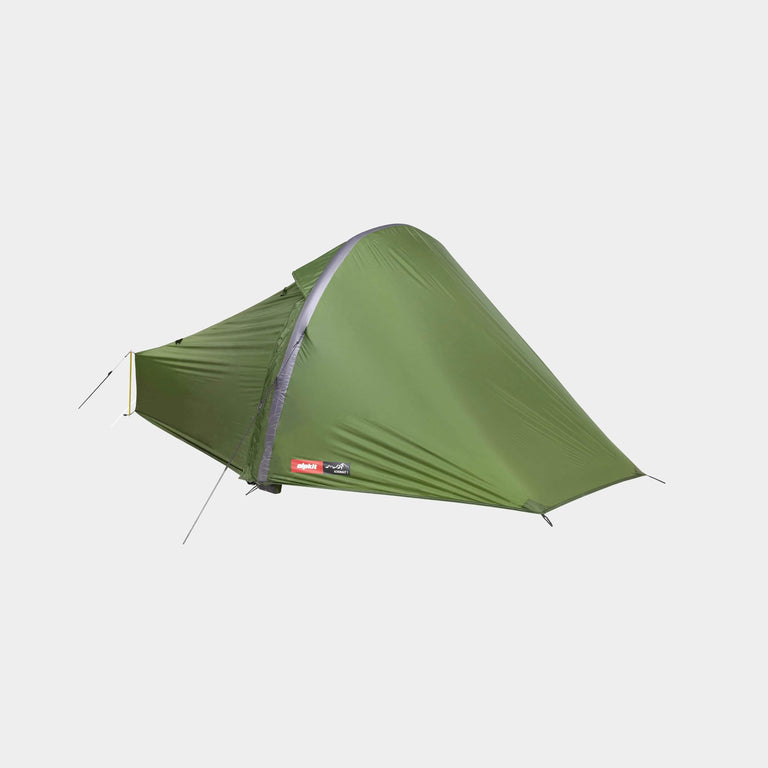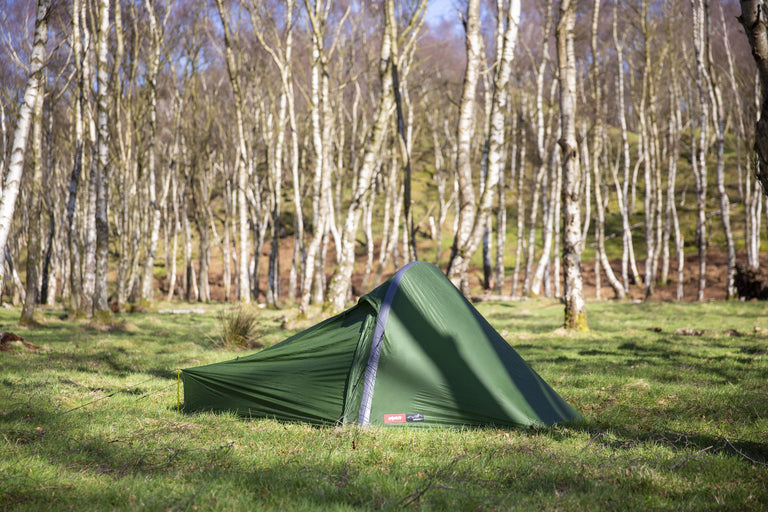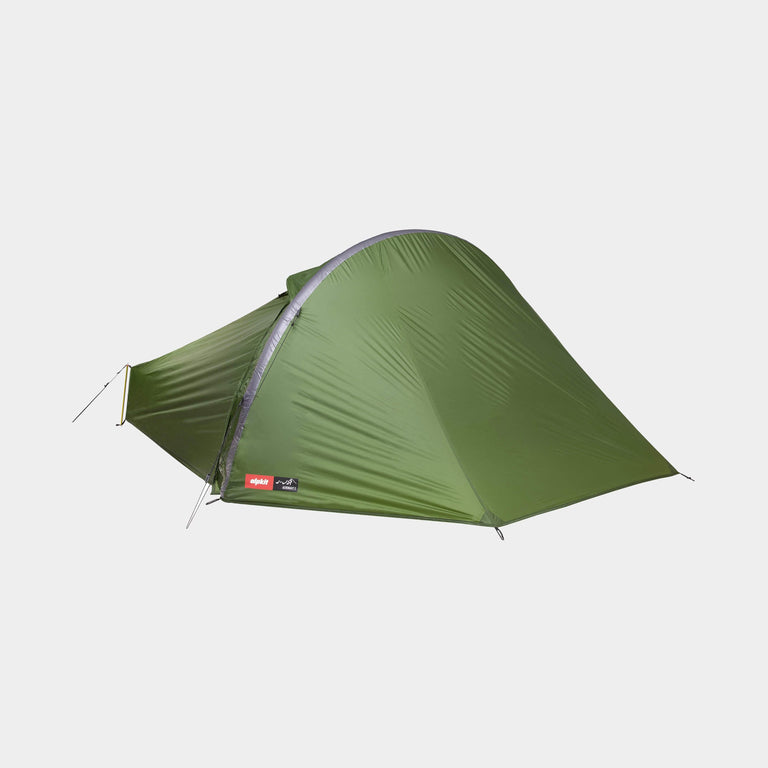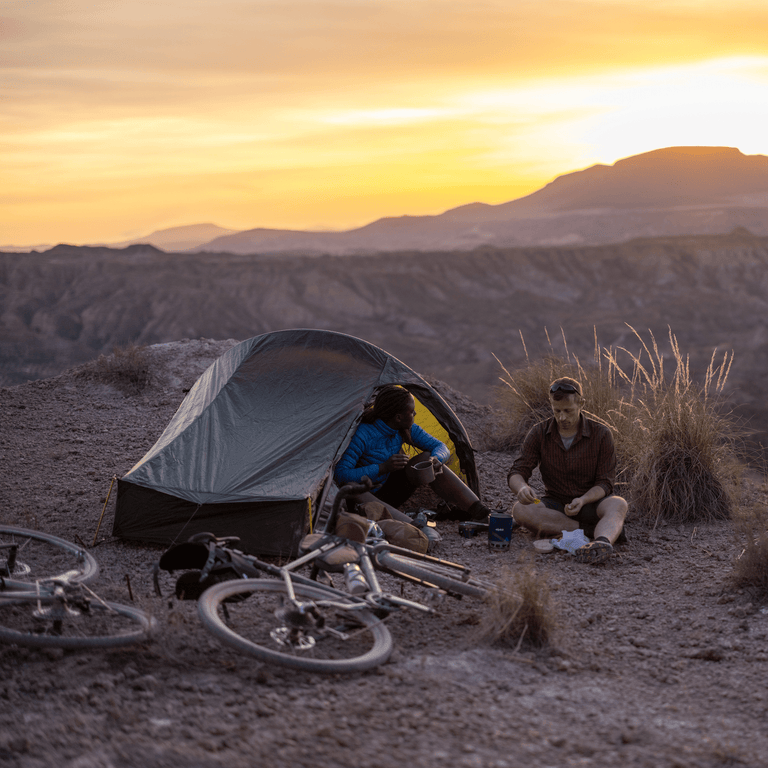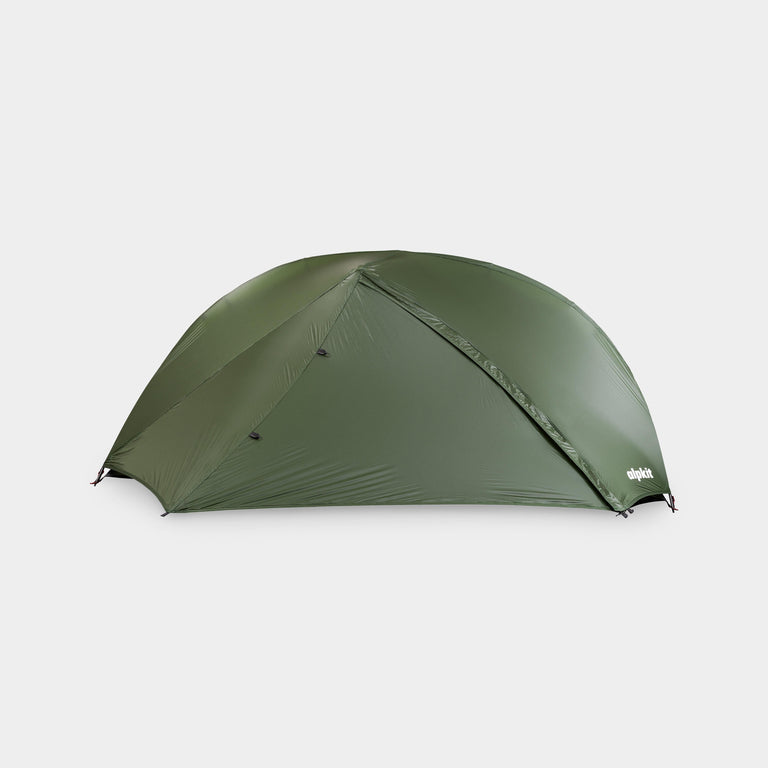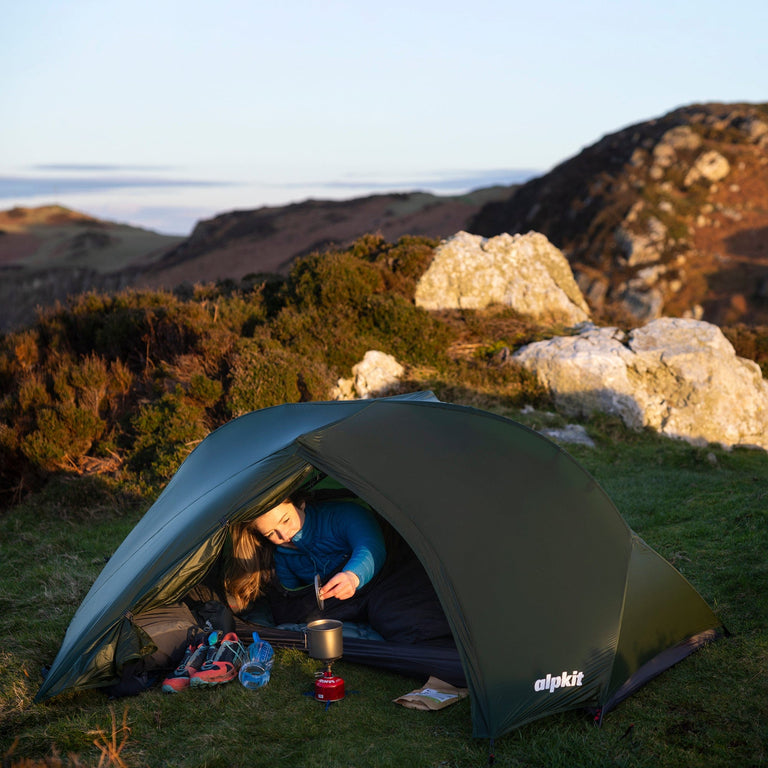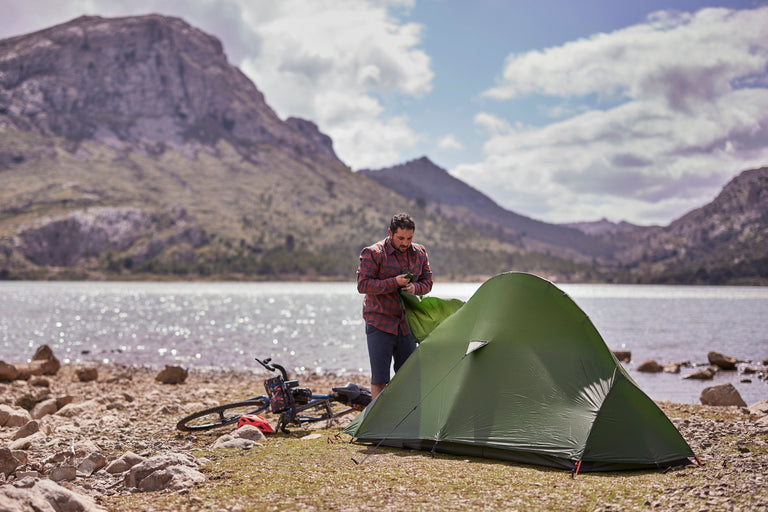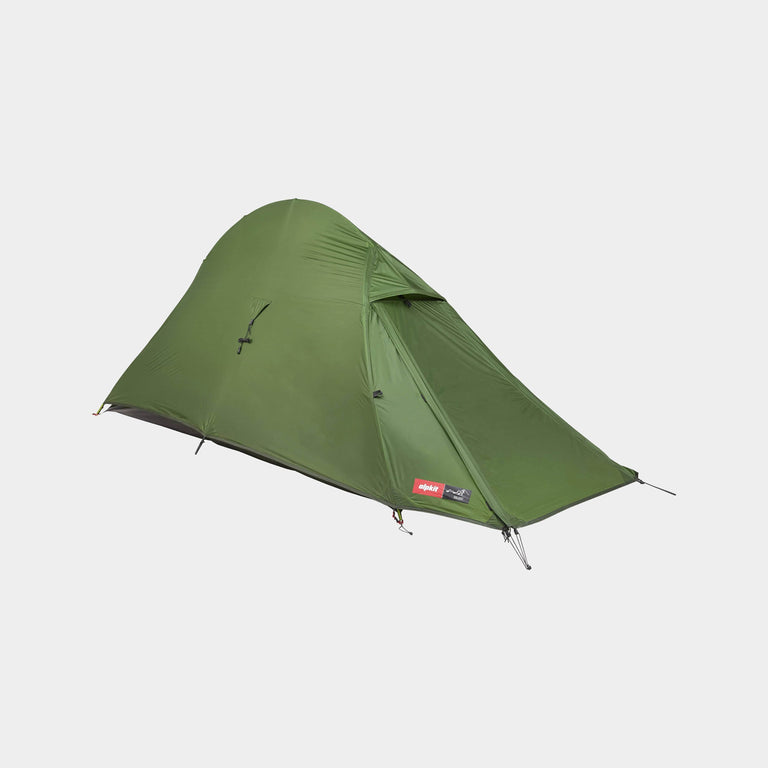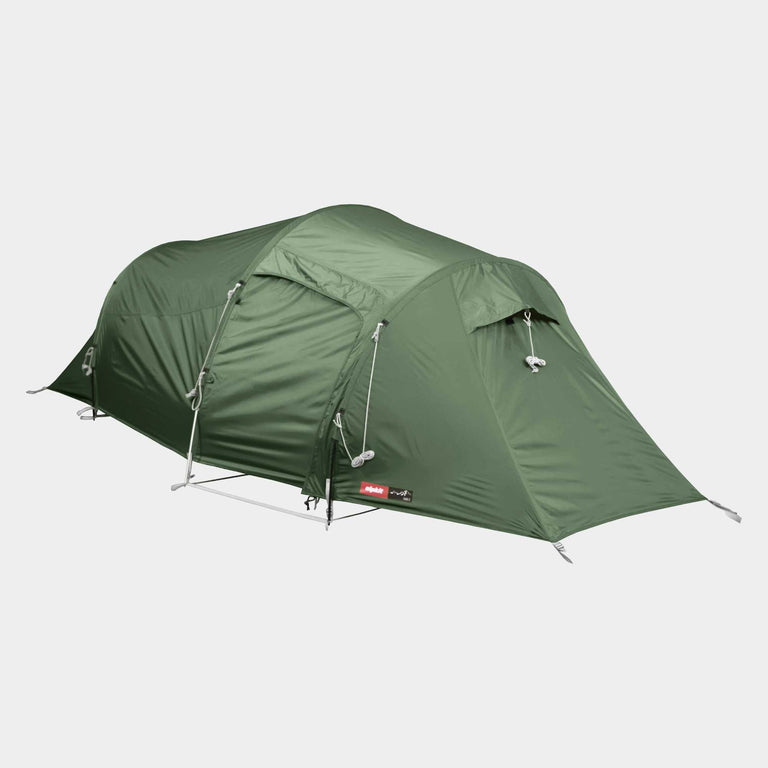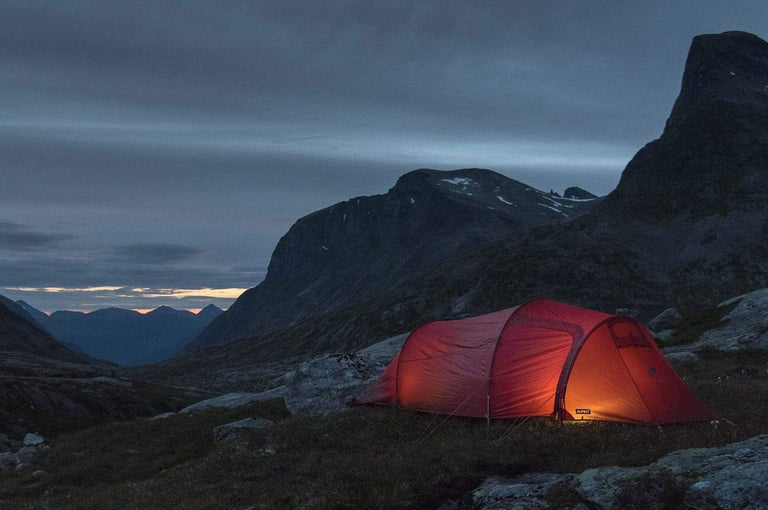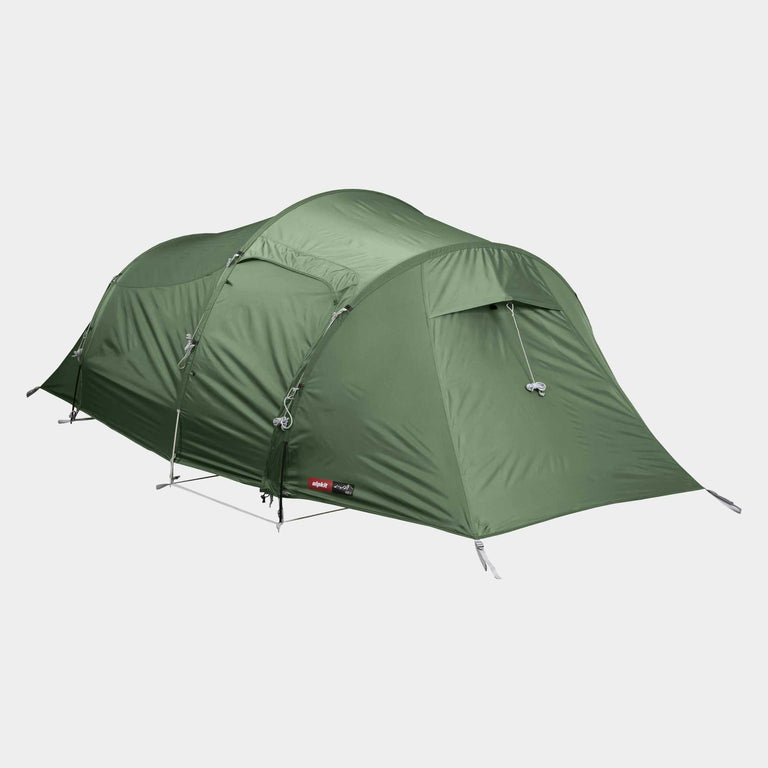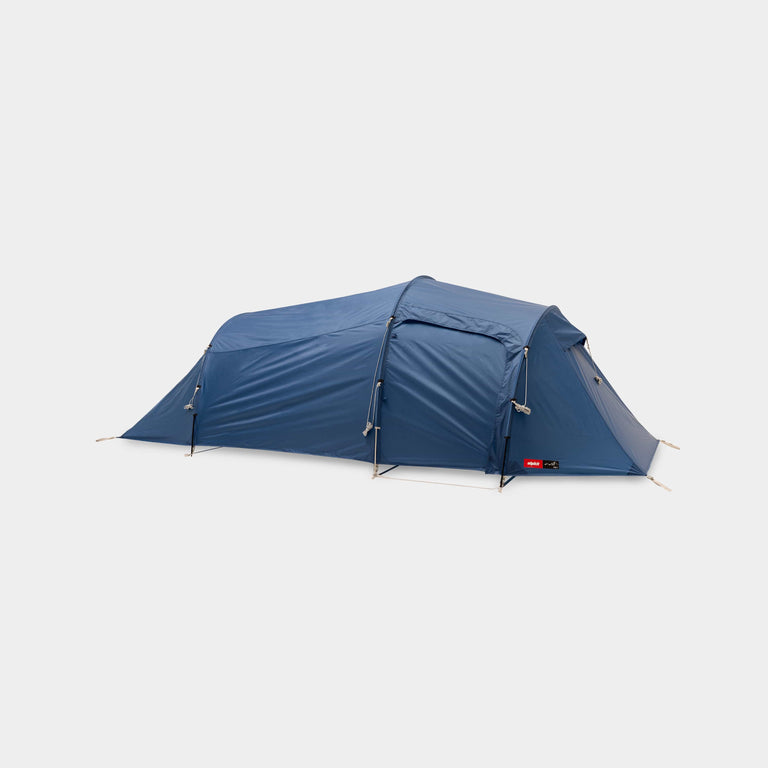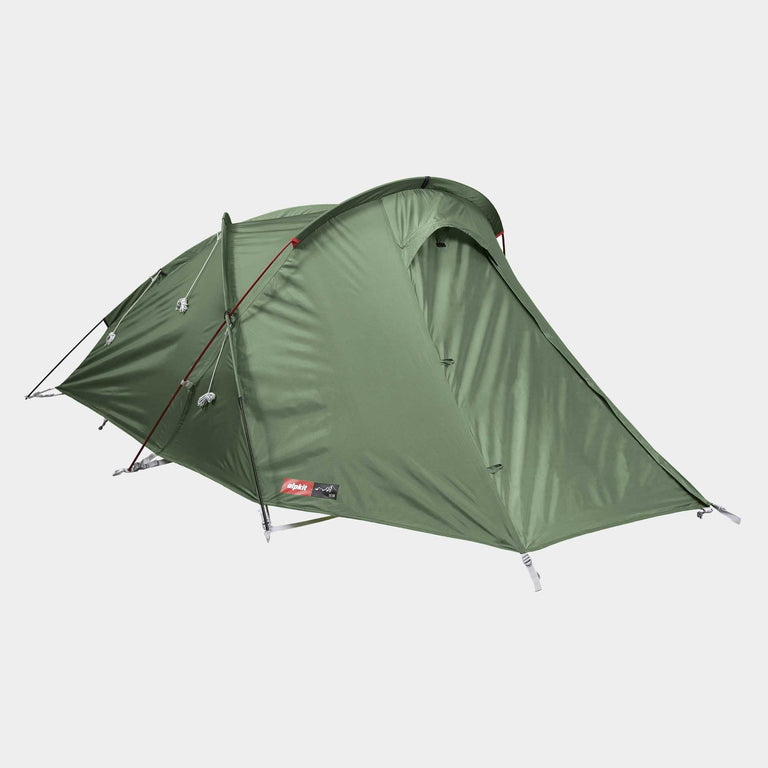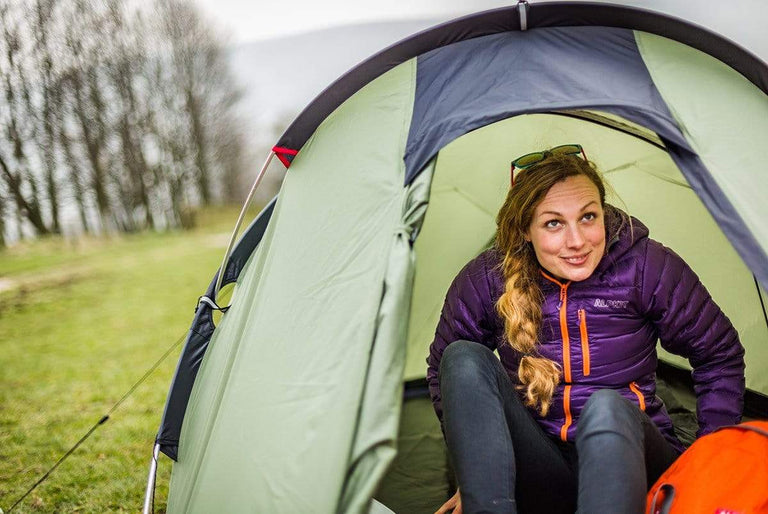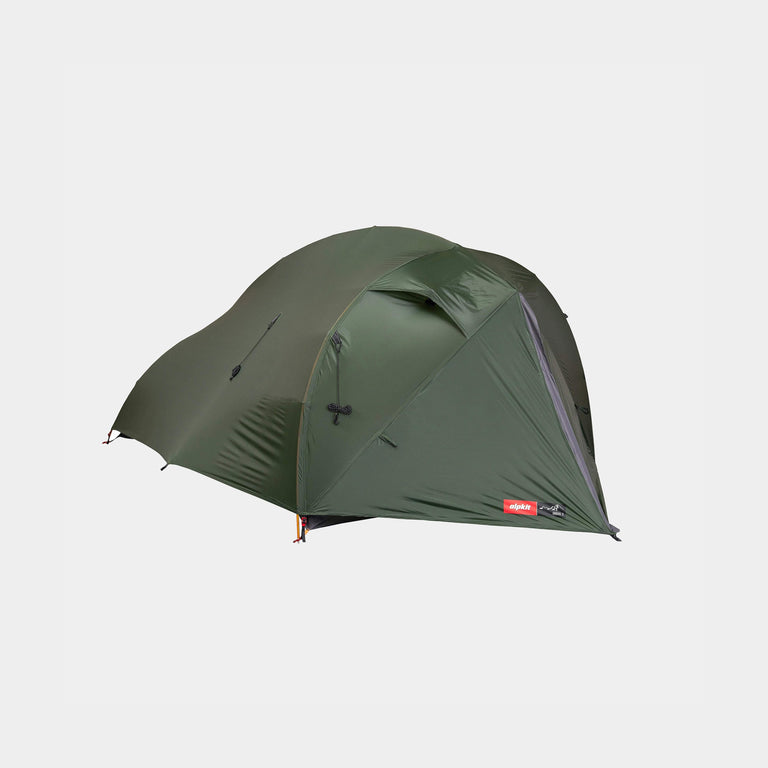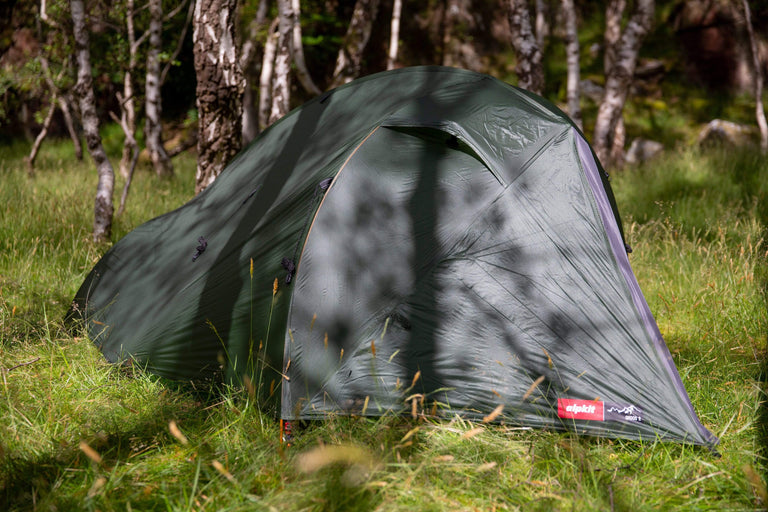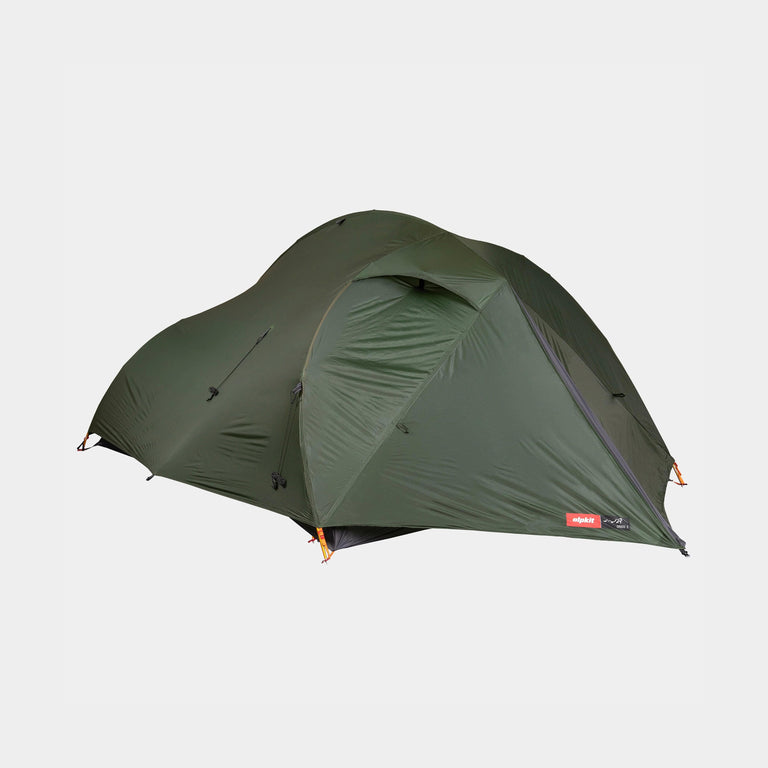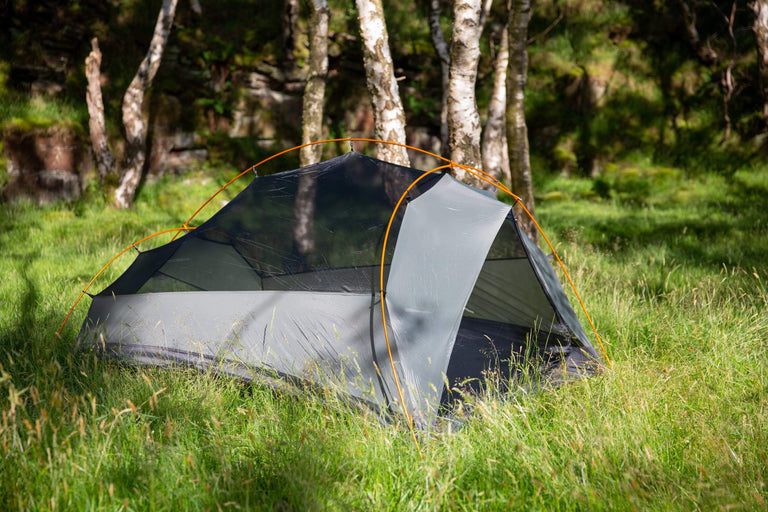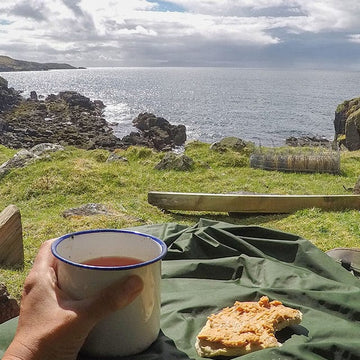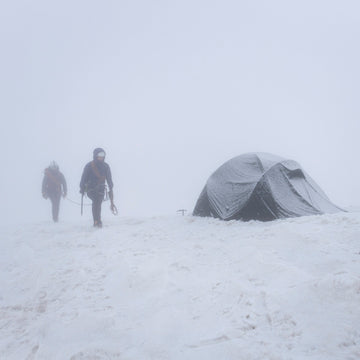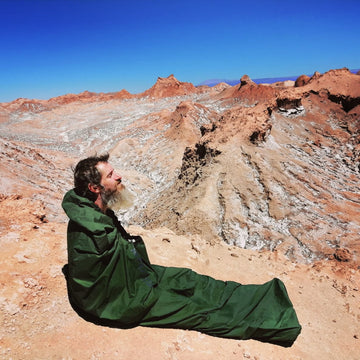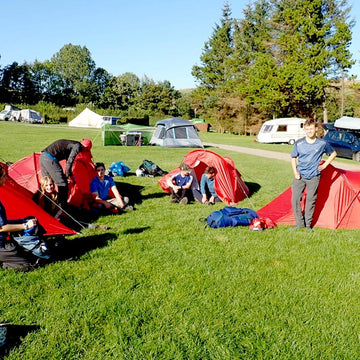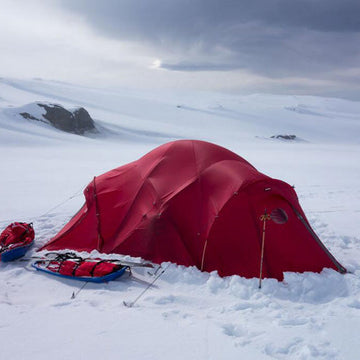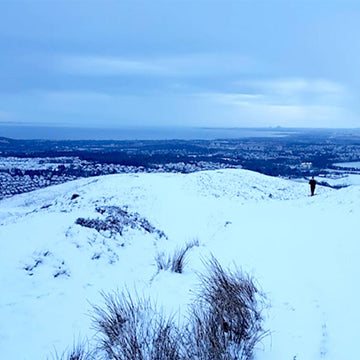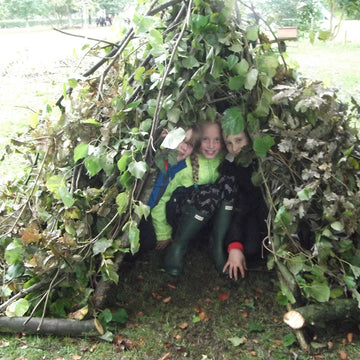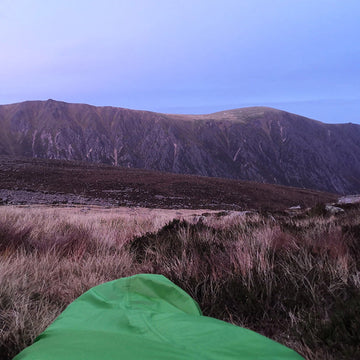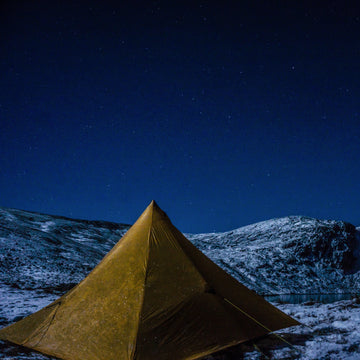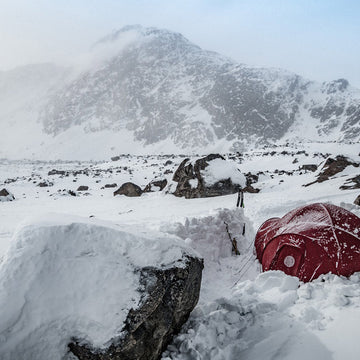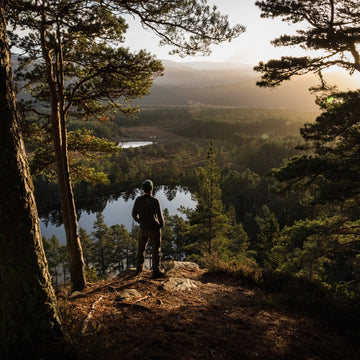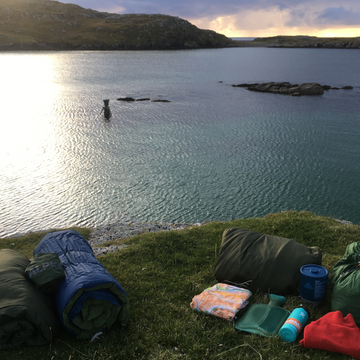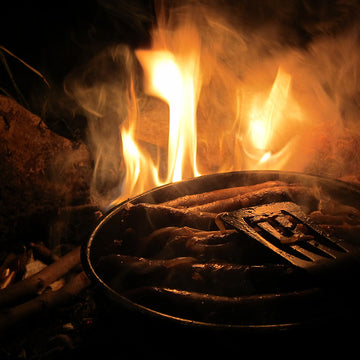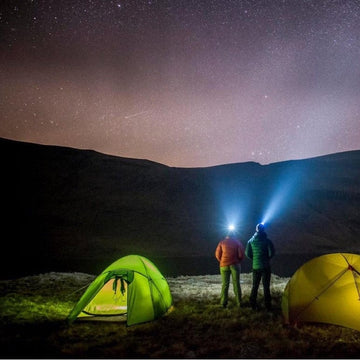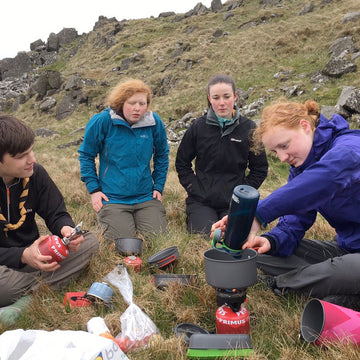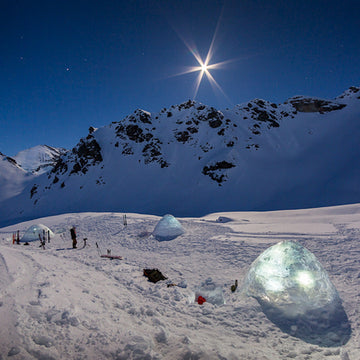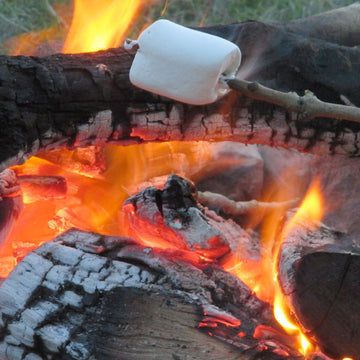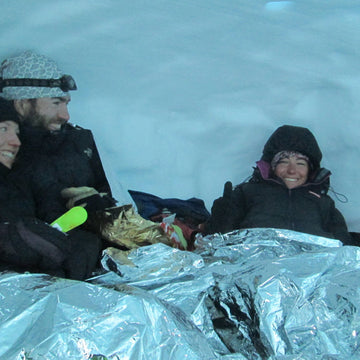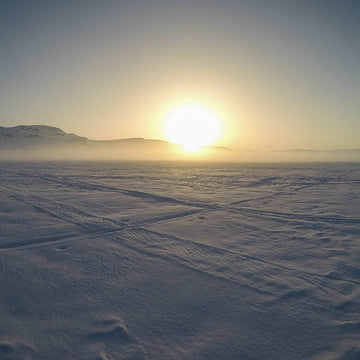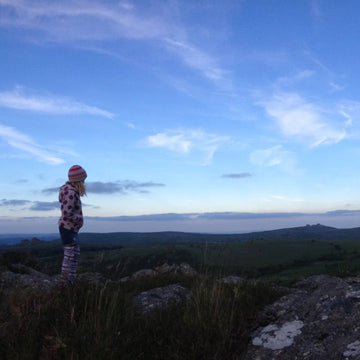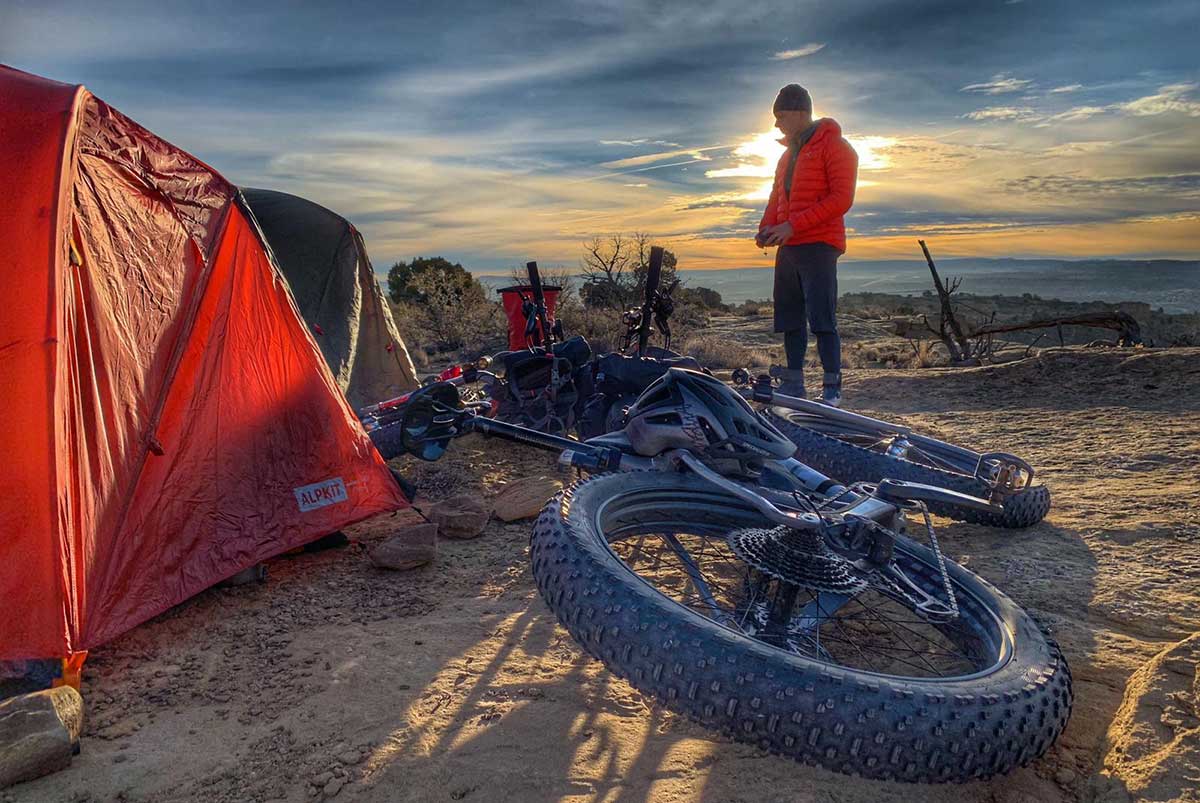
Cycling and camping along the Jurassic Coast on a Fat Bike, 96 miles of some of the most stunning coastline in the South of England.
Not one to shy away from adventurous trips, a friend of Alpkit, Rob Fergusson, recently returned from his American Pole of Inaccessibility trip with Leon McCarron. The two of them rode the 1500 miles from the Montezuma Pass on the Mexican border, through the heart of the country into South Dakota and the point in the North American continent furthest from the sea. He is now looking to retrace the journey of William Morris around Iceland, during which he willbe filming and looking at the trails, tourism and development of Iceland in how it now compares and contrasts to 1871.
Of course, undertaking such expeditions, it's important to make sure your gear systems are right.It doesn't have to be complicated, but they do make a huge difference if you get them right. The trick is practice

“The proof of the pudding is in the eating”.
One of my Nan’s pearls of wisdom, which, at the time, I thought might be some useful justification I could use to get more dessert. Many disappointing requests for seconds and a few years later, I now understand the valuable lesson she was passing on. The only way to test something is to do it. This is how I prepare for all my trips away.
Every trip is different. Different objectives, locations, weather, time, funding and with this comes subtle changes in equipment. I split my gear requirements into 5 categories. Clothing System, Sleep System, Nutrition System, Transport System and Filming / Photographic System. Breaking each requirement down helps me focus on exactly what kit I need for each area which, in turn, helps to reduce unnecessary items and leads to more efficient packing. This is really important because if you are having to manually transport yourself and your equipment, any extra weight is the last thing you need.
CLOTHING SYSTEM - Base Layers, Mid Layers, Hard Shells, Boots, Gloves, Hats etc
SLEEP SYSTEM - Tent, Sleeping bag, Sleeping Mat, Lighting
NUTRITION SYSTEM - Water Bottles / Bladders, Water Filters, Cook Set and Pans, TASTY TREATS!
TRANSPORT SYSTEM - Bike, Poles, Skis, Navigation aids / Maps, (maybe a Pony if you're brave)
PHOTOGRAPHIC SYSTEM - Camera, Drone, Batteries, Lenses, Memory Cards (and spares)

For my upcoming expedition to Iceland, I will be following the 147-year-old route taken by William Morris, which he completed completely on Icelandic Pony. I’m using my expedition Fatbike ( don’t get me started about my history with horses; let’s just say I am not natural ) and self-filming for the whole journey of nearly 1000 miles, so I need all five systems to be as light as possible. LIGHTWEIGHT PACKING
To test everything out this time I decided to take myself down to the Jurassic Coast which features 96 miles of some of the most stunning coastline in the South of England. Formed by sea erosion, this is one of the most fossil-rich areas in the south and home to some famous discoveries such as Mary Anning’s 17ft Plesiosaurus. The area is crisscrossed with walking and cycling tracks for all abilities that will take you past Durdle Door and Old Harry Rocks (named after a local man..called Harry..who was quite old,) apparently).
A couple of days of cycling and camping out made sure that all my equipment was is working order and gave me the chance to familiarise myself with some new pieces before heading out, such as the ultralight PipeDream 400 hydrophobic sleeping bag which has a Leeds temperature limit of -10 and an extreme limit of -29 (in case of emergency), all packed into an amazingly small compressed size and weighs in at only 865g!

OLD HARRY ROCKS FROM THE DRONE
I will be back again in September with an article all about William’s trip and looking at climate change's impact as I travel through Iceland. If you want to follow the trip or even ask any questions about those kit systems or getting out in the wild, then follow me on Instagram at the links below, and feel free to message me anytime! Unlike me, don’t try my Nan’s saying to get more pudding, but DO use it when preparing for your next adventure. It's a great way to make sure you can focus on having fun knowing that all your kit is up for the job!
Rob Ferguson is a Fellow of the Royal Geographical Society and uses human-powered expeditions on foot or cycle to explore and bring back stories from around the world on subjects such as climate impact and human geography.

